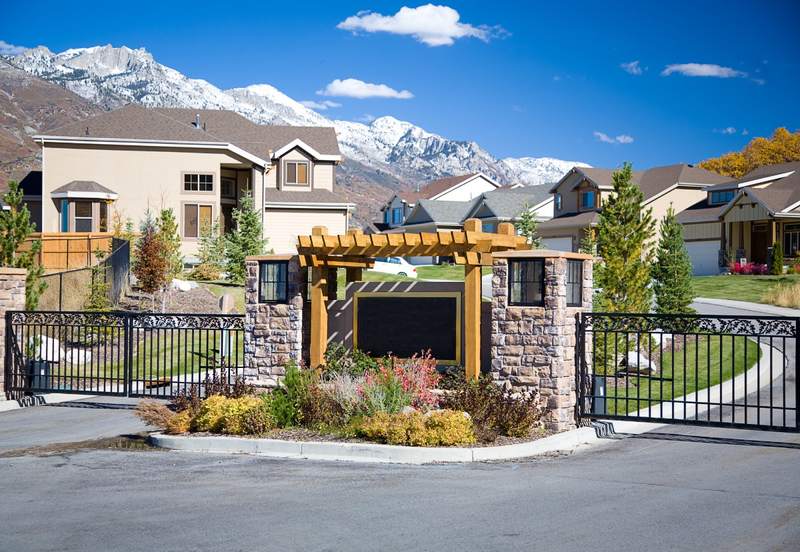
Buying a home can be satisfying both personally and financially. Not only are you securing a place that you can call your own, but you also are building home equity and accumulating wealth.
In recent years, however, many prospective homebuyers have been priced out of the housing market due to rising home prices and high interest rates — some 70% of Americans can’t afford to buy a home in their state.
What Does It Mean To Be Priced Out of Buying a Home?
Being priced out of buying a home means that home prices are too high for you as a first-time homebuyer to afford to buy one. If the dream of homeownership seems out of reach, it’s not necessarily because you have done anything wrong or are behind in life. It’s gotten a lot more difficult in recent years to buy a home.
Here are five reasons why buyers get priced out of buying a home.
1. Rising Home Prices
Over the past 50 years, home prices have risen consistently. In 1970, the median sales price for a house sold in the United States was $23,900. By 2000, that price had jumped to $179,000. During the COVID-19 pandemic, the rate of increase jumped even more dramatically. The median sales price for a home was $329,000 at the beginning of 2020 — but by the end of 2022, that number had increased to $479,500.
“Home prices have risen dramatically in the past couple of years because of the low interest rates during the pandemic,” says Desiree Avila, a Realtor at Charles Rutenberg Realty in Fort Lauderdale, Florida. “The cost of borrowing money was so low that it spurred a buying rush and, as a result, prices went through the roof.”
2. Low Wages
While home prices have increased, wages have stagnated. Between 1979 and 2020, wages increased 17.5% even as productivity increased by 61.8%. That means many workers’ take-home pay buys less than it used to.
“The truth is, it is not so much that their income is low, it is that their income does not grow to match the inflation,” says Rinal Patel, a Realtor and co-founder of We Buy Philly Home in Philadelphia.
Another reason for wage stagnation is the federal minimum wage — $7.25 an hour in 2023 — has not grown with productivity. In 1968, the federal minimum wage was $1.60. If the minimum wage kept up with productivity, it would be $14.27 today. As a result, workers have less left in their paycheck to put toward saving for a down payment.
3. High Interest Rates
Interest rates hit record lows during the height of the COVID-19 pandemic in 2020. Since then, interest rates have increased as the Federal Reserve has raised rates steadily to keep inflation in check.
“Because the rise is so dramatic, it has reduced the amount of house homebuyers can afford,” Avila says. “For example, a $500,000 house at a 3% interest rate for 30 years is estimated at roughly $2,108 (a month). A $500,000 house at a 6.5% interest rate for 30 years is estimated at roughly $3,160 (a month). This is about a $1,000 difference and can make or break a person or family’s ability to buy because the difference is so pronounced.”
While interest rates on mortgages are higher now than they were a few years ago, they’re not especially high from a historical perspective. For example, in 1981, the average interest rate for a 30-year fixed-rate mortgage was 18.63%.
4. Lack of Inventory
Exacerbating the high demand for homes is low housing inventory. The COVID-19 pandemic encouraged people to stay home, with record-low interest rates incentivizing people to buy homes to stay in. At the same time, construction of new homes slowed due to a shortage of skilled labor and supply chain issues that made building materials expensive and scarce.
“Sellers with low interest rates are hesitant to sell because they would have to buy at a higher interest rate,” Avila says. “Many opt to either stay put or rent.”
5. Investors
As demand pushed up prices to buy a home, it also pushed up the cost of renting one. Investors hoping to cash in on this trend have bought homes to rent or to renovate and flip for a profit. In the fourth quarter of 2021, investors bought 18.4% of the homes sold in the U.S.
Many such investors have the resources to pay cash for homes. Since they don’t need financing, they’re unaffected by rising interest rates and can make an offer on a house few sellers can resist. This squeezes people by pushing up prices on homes, reducing inventory, and increasing rents — making it more difficult to save up for a down payment.
FAQ
Here are answers to some frequently asked questions about being priced out of buying a home.











